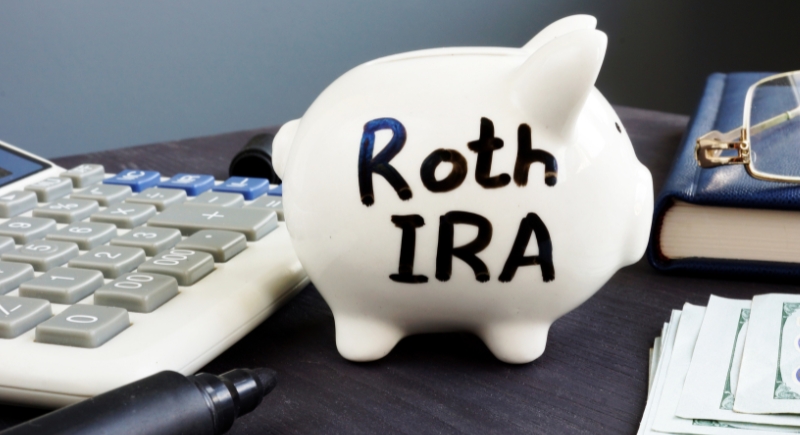Using Your IRA to Buy a Home: When It’s a Smart Move
Homeownership often feels out of reach because of high upfront costs. Down payments, closing fees, and other expenses tend to push buyers to look for alternative sources of cash. This is when a lot of people start considering their retirement savings.
Luckily, the IRS allows exceptions for using IRA money toward a first home, but the rules vary depending on the type of account. On the surface, this can appear like a straightforward solution, but there are hidden costs that affect your long-term financial health.
How the First-Time Homebuyer Exemption Works

Image via Getty Images/designer491
What most people don’t know is that the IRS provides a special exemption that allows individuals to withdraw up to $10,000 from either a traditional or Roth IRA without paying the standard 10% early withdrawal penalty. Couples can each use the provision, which raises the total available to $20,000.
However, account holders must remember that this is a lifetime limit, not something you can reuse for a later property. The exemption also applies if you are helping certain family members purchase or build a primary home, including a child, grandchild, or parent.
One of the caveats with the first-time homebuyer exception is timing. Withdrawn funds must be used within 120 days to buy, build, or rebuild a qualified property. If the deal falls through or is delayed, the IRS generally allows you to return the money to your IRA to avoid penalties or taxes.
This safety net helps, but the lifetime amount restriction can still feel inadequate compared to today’s down payment requirements, especially with median home prices now above $500,000 in many markets. Buyers usually find that this exception only fills part of the financial gap they face.
The Long-Term Financial Impact of Early Withdrawals
The most significant drawback of using an IRA for a home purchase is the loss of cumulative growth as well as the investment gains that money would have generated over time.
For example, a 30-year-old who withdraws $10,000 from an IRA may lose out on roughly $45,000 in potential earnings by age 65, only if you assume moderate annual growth.
Experts often describe using retirement accounts for housing as a last resort because of this extended impact. Even Roth withdrawals, which avoid immediate taxes, still reduce the pool of tax-free money available for future growth. This is particularly damaging for younger buyers, who have decades of compounding ahead.
In the case of individuals closer to retirement, the effect is even sharper, since there is less time to rebuild the account.
Alternatives to Using IRA Savings for a Home

Image via Getty Images/Creativeye99
Exploring other financing options can preserve these savings while helping people move into a home. For instance, potential buyers can take out a 401(k) loan, as plans typically allow borrowing up to 50% of the account balance or $50,000, with repayment terms of two to five years. Interest goes back into your own account, but leaving your job could trigger immediate repayment.
Government-backed mortgages offer another route. FHA loans require only a 3.5% down payment, while VA loans and USDA loans offer no down payment for those who qualify. These programs can dramatically reduce upfront costs.
State and local down payment assistance programs also provide grants or forgivable loans to buyers who meet income and location requirements. Some prospective owners even negotiate with sellers to cover part of the closing costs.
Each of these paths can limit the need to touch future reserves and keep compounding growth intact for the future while still making homeownership possible.